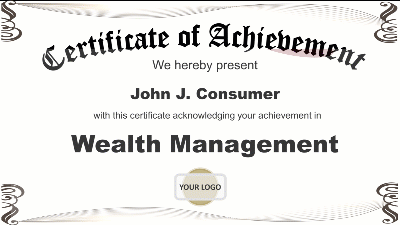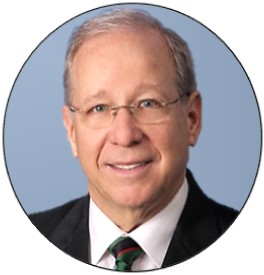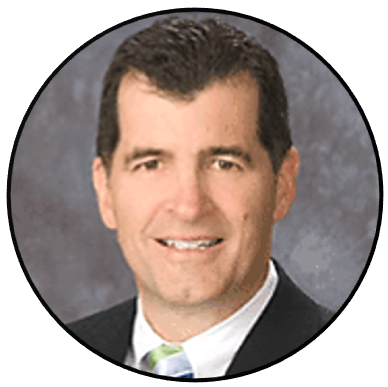The problem isn’t dishonesty, at least not with most. Instead, the problem is that typical advisors don’t know what they don’t know — and neither do their clients. They are surrounded by an environment of transactions, numbers, information, and advice, and that is the water they swim in. They are largely oblivious to the possibility of a richer, deeper, and more fulfilling world of connection, significance, vision, wisdom, and ultimately, transformation.
Do you ever feel like your client relationships are one-dimensional? Do you ever feel like you’re so bogged down in numbers and transactions that you’re losing what really matters to people? If you feel that way, it’s not uncommon. It’s what I call "Flatlanding.”"
I borrowed the term "Flatlanding" from the writings of Edwin A. Abbott, a 19th Century English clergyman. I use it to describe this unidimensional world and to help professional advisors step out of their current transactional setting and, from that extra-terrestrial vantage point, look back and see it for what it is. Abbott’s imaginary world is called "Flatland." In Flatland, everything is two-dimensional. Everything, including people, has width and breadth but no depth.
Abbott observes that an inhabitant of Flatland would not experience anything like what we experience as objects, not even two-dimensional ones. That is because to experience two-dimensional shapes such as circles or squares, the perceiver has to be in a different plane relative to them—he has to be in what Abbott calls "Spaceland." For Flatlanders, circles, squares, and other geometric shapes would appear only as lines, since they would have to be perceived from the side, as it were. Abbott wrote:
Place a penny on the middle of one of your tables in Space; and leaning over it, look down upon it. It will appear a circle.
But now, drawing back to the edge of the table, gradually lower your eye (thus bringing yourself more and more into the condition of the inhabitants of Flatland), and you will find the penny becoming more and more oval to your view, and at last when you have placed your eye exactly on the edge of the table (so that you are, as it were, actually a Flatlander) the penny will then have ceased to appear oval at all and will have become, so far as you can see, a straight line.
The same thing would happen if you were to treat in the same way a Triangle, or a Square, or any other figure cut out from pasteboard. As soon as you look at it with your eye on the edge of the table, you will find that it ceases to appear to you as a figure, and that it becomes in appearance a straight line.
Thus in Flatland, everything appears as no more than a line, including relationships between people, who relate to each other, literally, with no depth. This superficiality of interactions is not a problem in Flatland because the inhabitants have no basis for comparison and merely take it for granted. They know no other world. They see each other in the simplest terms: as approaching or receding, more or less angular, and so on, and for them this is perfectly normal.
I believe financial advisors and estate planners who offer traditional client services unwittingly create and perpetuate a kind of Flatland, a world in which both they and their clients are often trapped. Within this unidimensional reality, the various services advisors deliver seem complete, just as any Flatlander would regard the linear reality in which he lives (if he gave it any thought at all) as complete.
So how do you rescue yourself and your clients from Flatland? How can you move from a world of superficial interactions to a richer, deeper, and more fulfilling world of connection, significance, vision, wisdom, and ultimately, transformation?
In my first book, Closing the Gap: A Revolutionary Approach to Client Service, I outlined a three-level model of client service in the contemporary world of financial services and estate planning. In it, I described Level One as transactional; Level Two as relational; and Level Three as transformational.
The key to moving from transactional to relational is to begin to listen and respond to clients as human beings. It involves shifting from a linear approach toward a more three-dimensional one based on understanding and appreciating the client’s core values and seeing wealth as something more than money and property alone.
It must go beyond left-brain, transactional thinking to a more encompassing vision. It must forsake quick fixes in favor of a true and lasting partnership. Ultimately, it is rooted in the oldest form of creative expression we know: the art of storytelling.
Are you an advisor who lives or used to live in Flatland? Have you been able to move beyond transactions, numbers, and information with your clients? If so, how? What worked for you? How did you transform the way you practice to gain a more fulfilling multi-dimensional relationship with clients?
I’d love to hear from you.
This Website Is For Financial Professionals Only


















